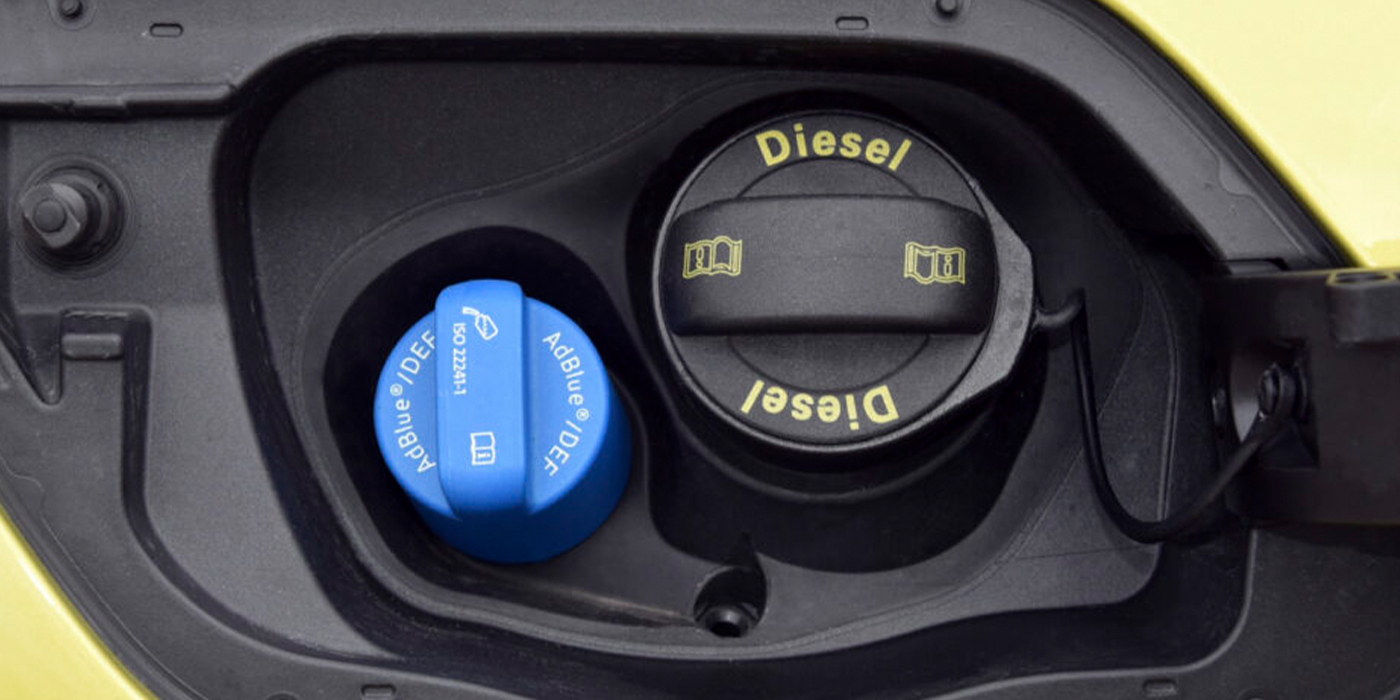Skills, pride and commitment to excellence are at the very core of today’s top shops. Day-in and day-out, you strive to give each of your customers the absolute best service you can but it’s inevitable: you won’t make everyone happy.
It doesn’t happen often but when you receive a negative review it can feel like a punch in the stomach. As an industry professional, coach, tech and former shop owner, I know first-hand the skills, determination, professionalism and pride required to deliver top-of-the-line service to your customers, every day. I also understand the feeling of taking any review, positive or negative, so personally.
How you handle a negative review will speak volumes to current and potential customers, so it is critical that you approach it with a high level of professionalism.
Failure to handle the review properly can damage your online reputation and, in today’s marketplace, that can cost you plenty!
In this new age of social media, the buying public feels that every bad experience must be shared with the world. If you are unfortunate enough, that same review will also find its way to Twitter, Yelp, Next Door, Google, etc., so you must diligently guard your online reputation.
Here are several ways you can mitigate a potentially bad review, putting you in a position to turn the negative into a positive.
1. Don’t Ignore the Review!
Some may believe the old saying “Ignorance is bliss,” but ignoring a negative review can convey that your shop is cold and uncaring. Sure, good reviews are easy to respond to but, more importantly, reviews that don’t put you in a favorable light need to be responded to even more consistently.
Stay away from a canned response and give careful thought to what has been said. Whether you agree with them or not, you should craft a response that demonstrates that you care and would like to resolve the issue expressed in the post.
Remember, there are potential customers who will scroll through your reviews; they will get a picture of your shop from what they read. If your response is considered appropriate, you just might earn a new customer because of it.
2. Don’t Get Defensive
When you respond to the review, don’t make an attempt to educate the customer or defend the actions of your shop. This is a public forum and it’s unlikely you’ll change a customer’s mind with your comments. Take the complaint offline by requesting the customer call you and address their concerns privately.
3. Enact the 24-hour Rule
I take criticism of my team pretty personally and it can be tempting to fire off a quick blast following a complaint. Instead, I have found a method to keep me out of trouble when responding. I’ll write my response and then sit on it for 24 hours before sending it. I’ll then go back and reread it to see how it feels. In almost all cases, I’ve rewritten it completely or deleted part of it to tame it down.
4. Take Responsibility if Necessary
Ask yourself, “Do I need to fix something here?” Sure, this might seem obvious. A nasty review can hurt and even cause you to be angry, so it can be easy to go on the defensive. But when you get a negative review, ask is there some truth to it? The customer isn’t necessarily wrong.
Be honest with yourself and look for what merit the review has. Take the LeBron James approach: “I like criticism. It makes you strong.”
A negative review can be a catalyst to improvement in your shop if you allow it to be.
5. Acknowledge the Issue and Apologize
Mistakes happen and when they do, leaders step up, acknowledge the misstep and make it right. Your approach to being accountable can go a long way toward retaining the customer. Besides, it’s the right thing to do and you will never be wrong by doing the right thing.
In many cases, when a business makes it right, the customer will go back and update their review to indicate that they did so. In fact, don’t be afraid to ask the customer to update their review once the issue has been resolved to their satisfaction.
Just think about the message this shares about the kind of business you are, a marketing message that may be read by a potential customer who scrolls through your reviews.
6. A Negative Review May be a Call for Help
In many cases, a person who complains wants to salvage the business relationship, they just don’t know the best way to start the conversation. Right or wrong, they write a review instead of calling your shop.
I have had plenty of opportunities to write a review and one of the criteria I have is, do I want to continue to do business with the company? If not, I won’t waste my time writing a review; if I do review someone it’s usually to give praise or point out something minor.
7. Fake Reviews
I have seen it on many occasions at shops we work with — I’ve even been the victim of a fake review myself. A competitor, former employee or someone who just doesn’t like you decides to type out a review hoping to hurt your business.
A careful review of your records, dates and the content of the review should shed some light on the validity of the complaint. If you suspect it is accurate, then write out a concise response. Request that the customer get in touch with your shop so you can address the situation.
Treat these like any other review by addressing them in a timely and professional manner.
8. Don’t Remove a Negative Review
I am always suspicious of any shop or business that has a 5-star rating. It is unrealistic to think that any company can please every customer each and every time. Sure, you should strive to do that but we’ve all experienced a customer who, no matter what was done, could not be satisfied.
In fact, when I am looking to do business with anyone, I zero in on the 1-2 star reviews to see how they handled it. How you handle adversity speaks to the core of who you really are.
9. Turn the Situation Around
When responding to negative feedback, take the approach that there is something to salvage. Rather than writing off all negative reviewers as complainers, do your best to satisfy them and turn them into repeat customers.
In some cases, this just isn’t possible so, remember that a respectful and generously worded public response can actually make you look better, while at the same time discrediting the reviewer.
Lastly, when handled correctly, people who complain the loudest can potentially become your most loyal and vocal fans.
Bill Nalu of Interstate Auto Care approaches negative reviews this way, “We respond in a timely manner in a way that is well prepared, respectful, proactive and most of all authentic. We want to be true to who we are and that is a shop that cares about all of our customers. Even ones that might not have had the best experience. I don’t regret a poorly handled review from the past, I celebrate having learned from my mistakes. We are in an industry that is constantly looking to improve and grow in each area we work in, be it the front counter to the bays.”
Negative reviews don’t feel so good, but they aren’t the end of the world. Believe me, I’ve been there! You are providing a great service and know the importance of delivering customer experience; a few negative reviews shouldn’t do irreparable harm to your business.
On the other hand, if you find that negative reviews are consistently outnumbering the good, your issue is probably less reputation management and more business improvement. Fix what’s broken in your business, and then deal with fixing your reputation.
A principle I live by is this: “The customer isn’t always right, but the customer is still the customer.”
Treat each review as though you were dealing with your best customer!














